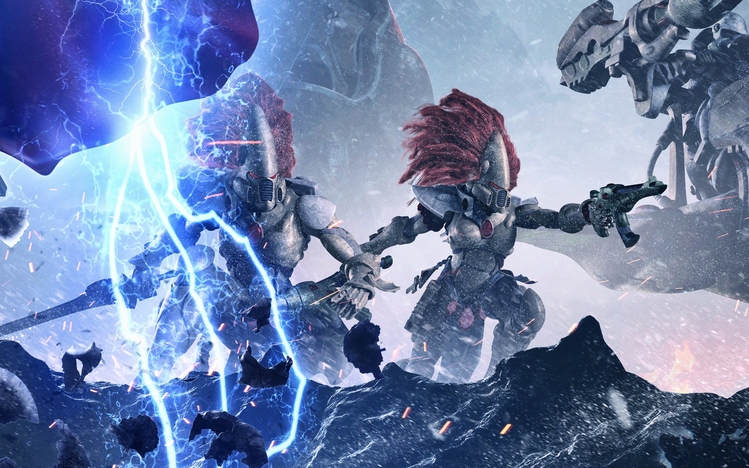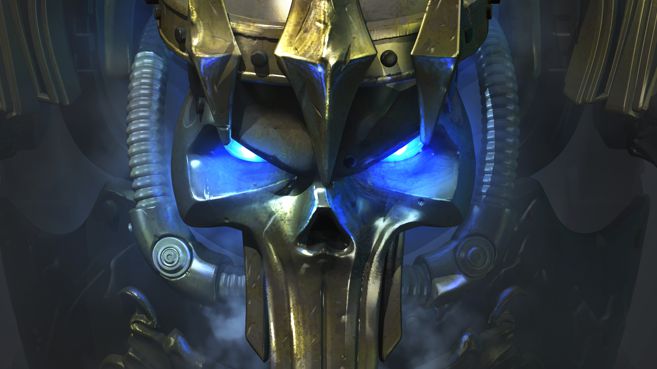


The story switches between the races while the conflict escalates, filling in the story from different perspectives to build the bigger picture about a legendary artefact called the Spear of Khaine, and of course, someone from each race wants to grab it. It begins by thrusting the player into the story on the side of the Space Marines, as Chapter Master Gabriel Angelos comes to help fight off the Orks on planet Cyprus Ultima, the home of House Varlock, while out of the blue, the Elder arrive planning an invasion. The campaign, which continues on from the previous games with returning heroes (you do not need to play any of them to understand this), focuses on bringing a narrative that includes all three of the game’s factions, Space Marines (namely Blood Ravens), Orks and Eldar, which get equal time across the game’s 17 missions. I have a feeling that Dawn of War III is about to follow similar footsteps, because Relic Entertainment has once again decided to change the series for its third entry. It might have been different than the first game, but the loot feature and light RPG concepts offered something refreshing that proved you don’t have to copy and paste to bring a great sequel, even if it upset some of the hardcore fans of the original game. It also factored in the importance of cover, similar to their other RTS series, Company of Heroes. The latter removed any signs of base building and instead aimed to evolve the concept of small unit squads with special abilities lead by a captain hero unit. It’s not often developers are keen to do something like that, but the evidence with the first Dawn of War and how it invoked typical RTS mechanics, such as base and unit building, but switched it all up for its sequel, Dawn of War II. After my time spent with Warhammer 40,000: Dawn of War III, it is clear that developers, Relic Entertainment, love to experiment with the series.


 0 kommentar(er)
0 kommentar(er)
